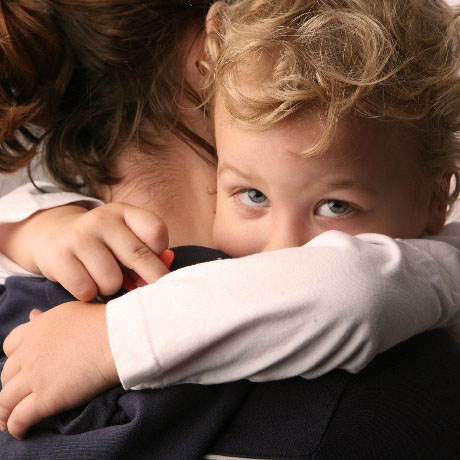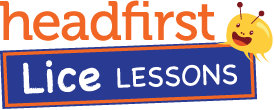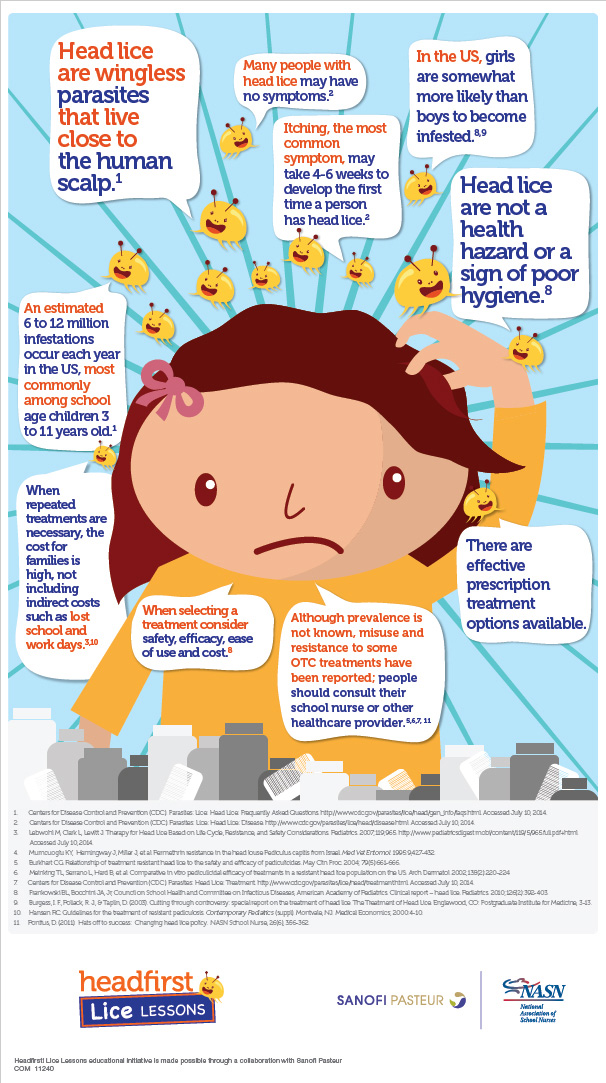Treat
head lice

Head lice often infest people with good hygiene and grooming habits.
When You Can't Get Rid of Head Lice (Persistence)
Head lice are a common community problem. As you and your family deal with this uncomfortable but common issue, keep in mind that head lice infestations are not related to personal hygiene, or household or school cleanliness. In fact, head lice often infest people with good hygiene and grooming habits.
If you are facing a persistent infestation or re-infestation, factors may include:
- Misdiagnosis: Nits can look similar to dandruff. Head lice move quickly and avoid light, so they can be hard to see. Therefore, misdiagnosis is common.
- Resistance to lice treatments: Resistance to some OTC treatments has been reported, possibly due to misuse. The prevalence of resistance is not known.
- Re-infestation: Head-to-head contact with someone who has head lice is the most common way to get head lice, so all household members and others in close contact should be checked. Those with evidence of an active infestation should be treated.
Impact on families
Parents and caregivers have reported experiencing stress as soon as head lice are diagnosed and continuing throughout treatment.
Most people have negative reactions to a diagnosis of head lice, including embarrassment, anxiety, anger, frustration and/or guilt. Many people mistakenly associate head lice with lack of cleanliness, poverty, and/or poor parenting.
It's important to explain to your child that a head lice infestation is not the result of being dirty. In fact, head lice often infest people with good hygiene and grooming habits.
If you are facing the challenges associated with a persistent head lice infestation, contacting a school nurse or other healthcare provider can help. Healthcare providers can share treatment information and provide confidential support.

